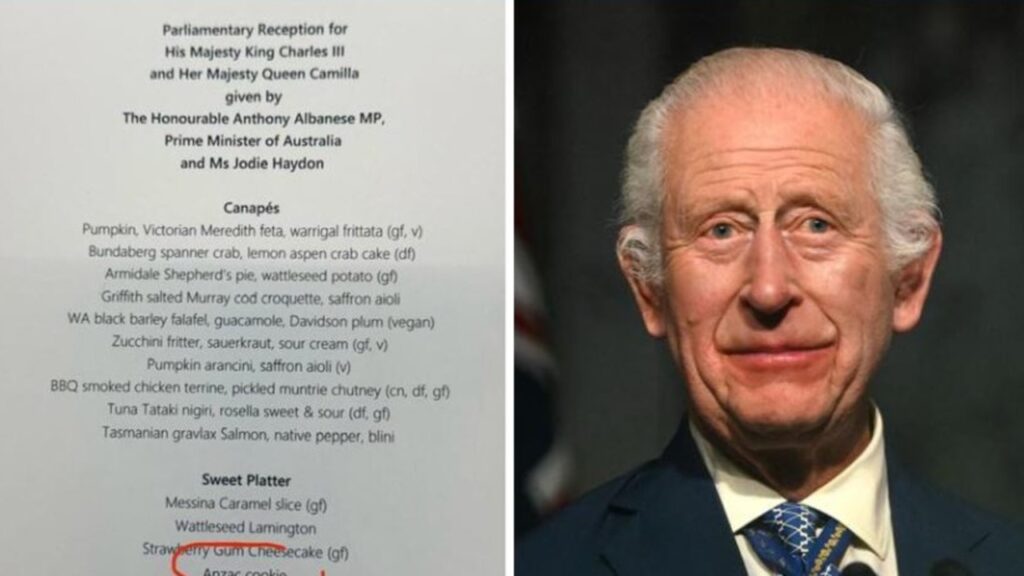Aussie injured in deadly Afghanistan shooting
Written by admin on May 18, 2024
An Australian tourist has been injured in a deadly shooting incident in central Afghanistan.
Three foreign tourists and an Afghan were killed when gunmen opened fire in the city of Bamyan on Friday night, the country’s Interior Ministry has confirmed.
“Unfortunately, this evening in the Bamyan city, there was a shooting against the public, in which three foreigners including one Afghan were killed and four foreigners including three Afghans were injured,” Interior Ministry spokesman Mufti Abdul Mateen Qani said on X.
“The security forces started trying to find the killers, and so far, four people have been arrested in this case.
“The Islamic Emirate of Afghanistan strongly condemns this accident, expresses its deep feelings to the families of the victims and assures that all the criminals will be found and punished, hopefully.”
An Australian tourist was one of the foreigners injured.
Spanish Prime Minister Pedro Sanchez took to X to express his heartbreak at the murder of his compatriots.
“Overwhelmed by the news of the murder of Spanish tourists in Afghanistan,” he said.
The consular emergency unit of the (foreign affairs ministry is working to offer all necessary assistance.”
The Taliban gained control of Afghanistan after the US withdrawal in 2021 and Australia does not have formal diplomatic ties with the new government.
“While our ability to provide assistance in Afghanistan is severely limited at present, the Australian government continues to provide support to Australian citizens, permanent residents and those eligible to travel who are seeking to leave Afghanistan,” the Department of Foreign Affairs and Trade states on its website.
Bamyan is a UNESCO heritage listed area known for its two giant Buddhist statues that were destroyed by the Taliban in 2001.
“Carved into the Bamiyan Cliffs are the two niches of the giant Buddha statues (55m and 38m high) destroyed by the Taliban in 2001 and numerous caves forming a large ensemble of Buddhist monasteries, chapels and sanctuaries along the foothills of the valley dating from the 3rd to the 5th century C.E.,” UNESCO states.
“In several of the caves and niches, often linked by galleries, there are remains of wall paintings and seated Buddha figures.”
DFAT has been contacted for comment.
More to come.







